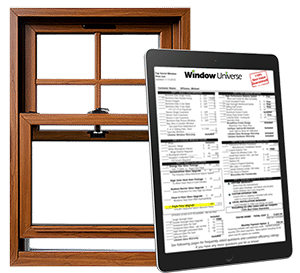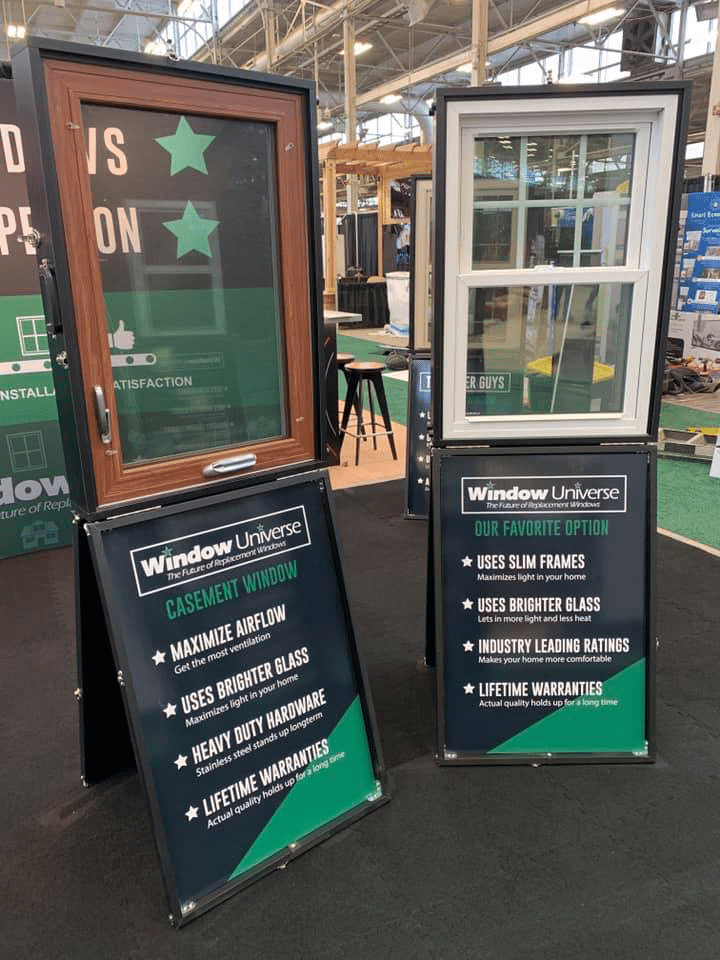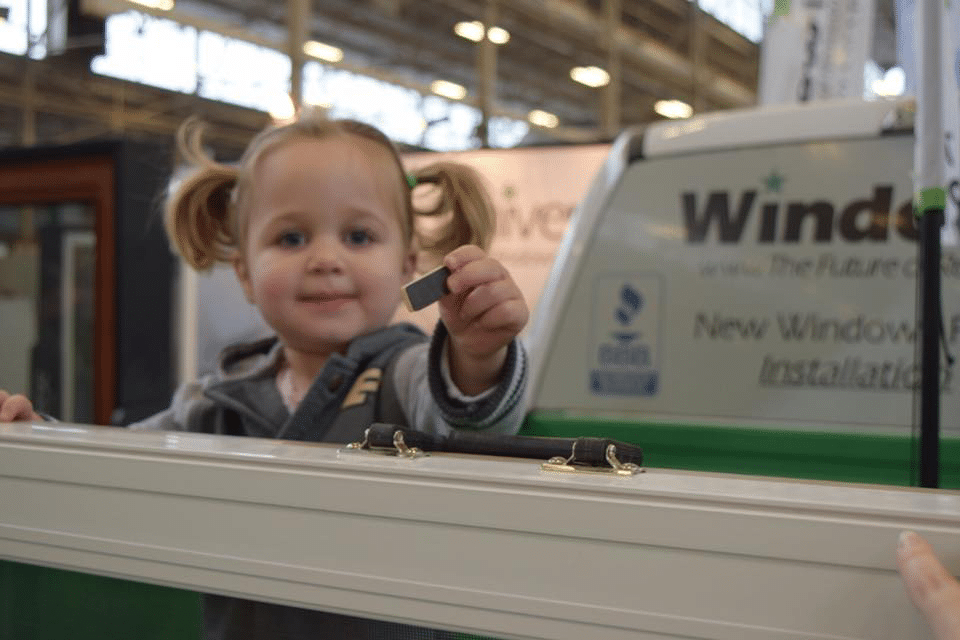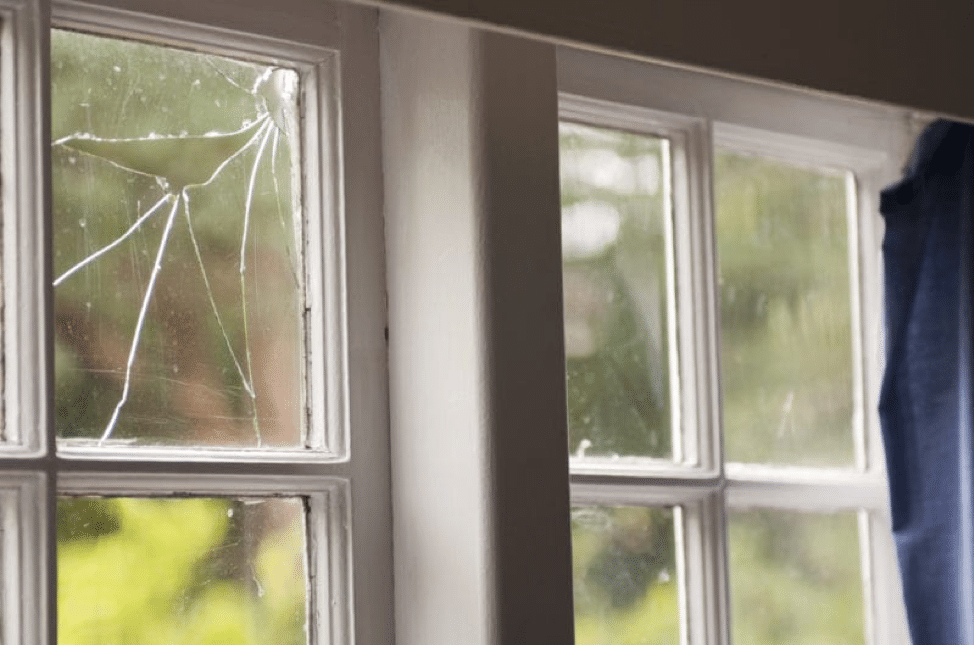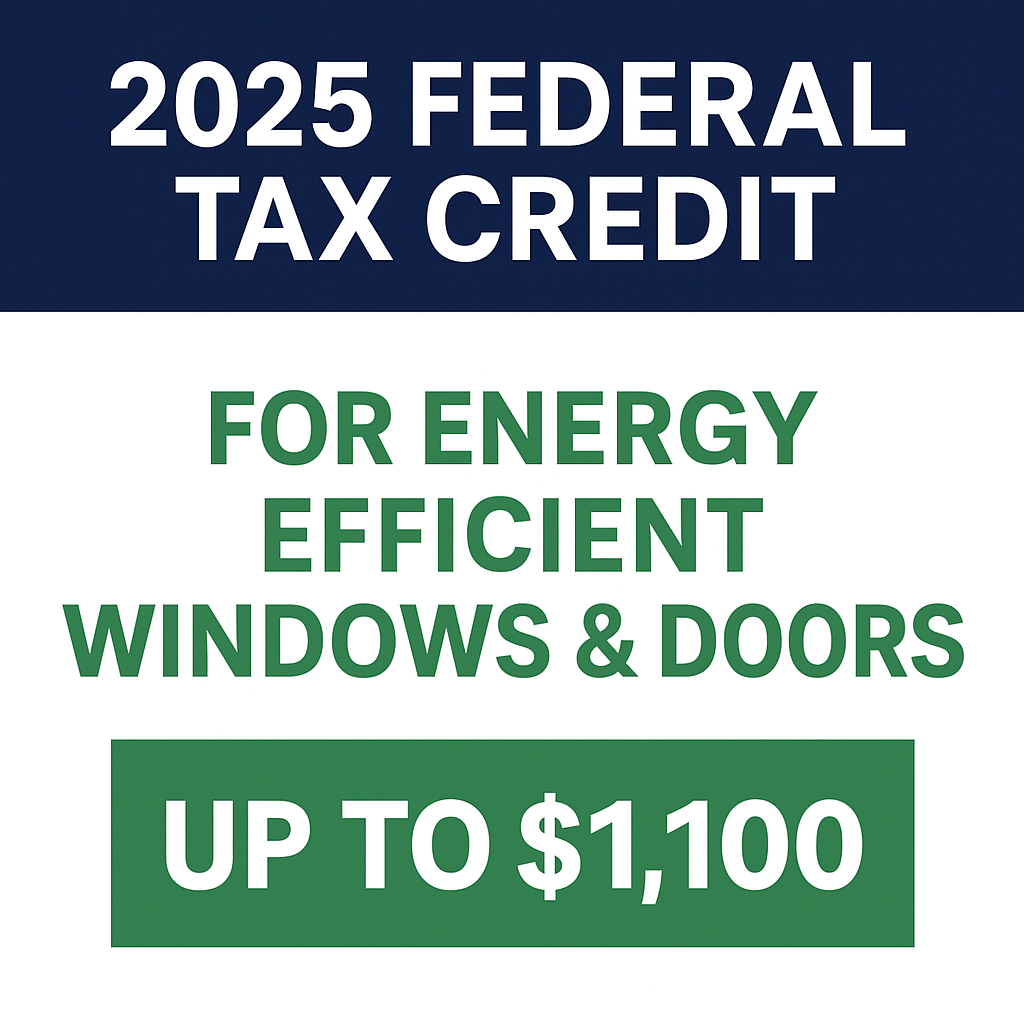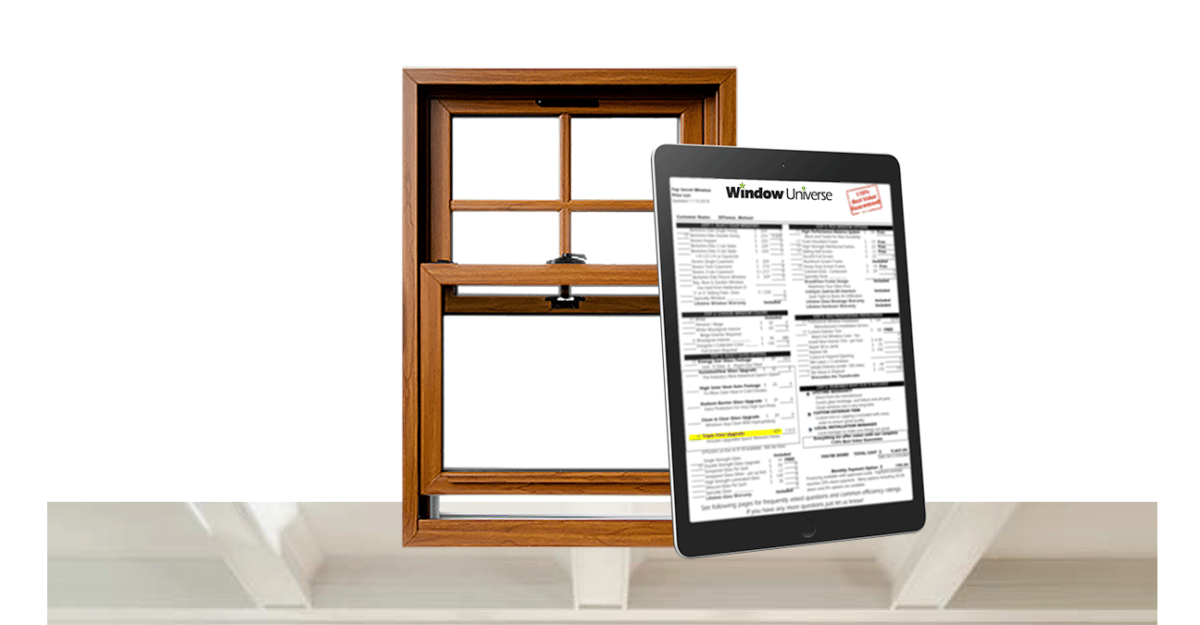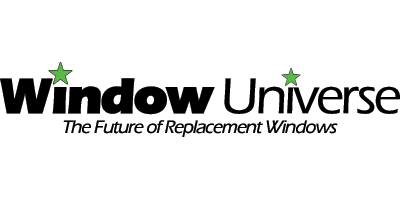Way back in the fall of 2015 we started testing a program offering quotes for the best replacement windows by email with no in-home salesperson. It was a wild idea.
Customers could get prices, ask questions and then have their windows professionally measured and installed with no pushy salesperson in their living room. Everyone thought we were crazy and it’s been a HUGE success!
Now we’re offering replacement windows with and without professional installation in dozens of cities across the country. Thanks to our fantastic readers this program has been a runaway success. As a result, we’ve expanded to 37 markets. We’ve even added the upgraded Gentek product line in many markets in addition to Alside, Revere and others.

This is the easiest possible way to order replacement windows
First, Window Universe is now offering a wide range of replacement windows from the best manufacturers. Our most popular options have been the Gentek Signature Elite and the Alside Mezzo and there are many others to choose from. We’re also offering all styles of windows including double hung windows, casement windows, bay windows, garden windows, sliding patio doors and much more.
Next we’re offering top quality installation with a local project manager and top quality installation crews to make sure everything is done right. You can also install the windows yourself if you’d prefer.
Best of all, if you’re in an area covered by this program, we can get you a complete itemized quote for your project by email without you ever inviting a salesperson into your home.
That’s right, you could spend several evenings inviting salespeople into your home to give you their sales pitch, walk you through their predetermined “price drops” and try to close the deal with their 50% off today only special after calling the manager for a special deal 3 times. Or, you could exchange a few emails with our industry experts to get your project moving along quickly and easily. This really is the future.
So who is Window Universe?

Window Universe is the company we founded many years ago. We’ve grown from one small business operating out of an apartment to a multimillion-dollar business offering windows in 37 states with more on the way.
How does this all work?
It’s pretty simple, which is why I love it. When you’re ready to get a quote by email for your replacement window project just fill out the form below and we’ll get back to you with more info by email right away.
We don’t need the sizes of the windows to get you a quote. This seems unusual to some folks, but we just don’t need to measure the windows to give you a quote in most cases. It’s just not necessary for the vast majority of projects. We will have the windows professionally measured before the manufacturing begins so they’ll fit just right, but it’s not needed at this point.
The basic info we’ll need is:
- How many windows you want to replace?
- How do you want them to open
- What color window frames do you want
That’s it, just the basics.
If there is anything about your project that you think is unusual just note it and we’ll address it when we get back to you. The whole process is really easy.
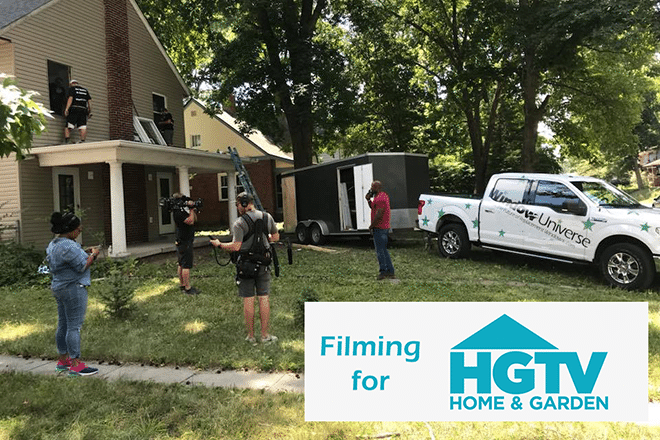
What have our customers been saying about this program?
Here’s one example:
If you don’t want to DIY your replacement windows but pride yourself in being an informed consumer, Window Universe is the way to go! After sitting for hours listening to people tell me why their windows were the best, I couldn’t figure out why the window packages I was being presented with were so expensive ($10 – 12k for 7 slider windows)…
We are so pleased with the windows, the installer, and the process… Window Universe has created a great way to inform yourself as a consumer and be able to get real numbers. No games, gimmicks or “guess what your price is going to be if you buy it today!”
I rarely write reviews for products/services, but I was so impressed with the process, price and product, I told Dan that I would be happy to endorse them!
–Excerpt of an Angie’s List review from Andrea in Seattle, WA
Here’s another example
Every aspect of this window experience was excellent. They didn’t give a sales pitch, but instead provided links to specific information about all different types/brands of windows with ratings and specifications, so I was able to make an informed decision.
He then provided a very detailed quote so I knew exactly what I was paying for, and was able to add or remove options and see the price impact of these changes. The accountant in me loved this approach. Once we agreed to the window specs, I was given a final price and the measuring was scheduled.
The gentlemen who came to measure the windows arrived when scheduled and was quick and efficient. The windows were promptly ordered and once the windows were ready, the installation was scheduled. The installation crew arrived on time and got right to work. They put down tarps on my carpets since the install was on the 2nd floor and it was wet and snowy outside. They installed the windows in a few hours and cleaned up afterwards.
–Excerpt of an Angie’s List review from Lisa in Philadelphia, PA
Here’s a bit more feedback from Austin in Dallas. You get the idea.
Everyone loves it.
Why are the prices for replacement windows so great?
Great question. Window Universe is a completely different kind of window company. We’re able to offer top quality products and expert level service at a very low price because we don’t spend our money on things you don’t care about.
Most traditional window companies spend tons and tons of money on sales and marketing. It’s not unusual for a company to spend 30%-40% of their total sales dollars on things that you don’t care about like sales commissions, marketing and advertising. We don’t do that. Paying people to walk around neighborhoods knocking on doors is expensive, so are tv commercials and billboards.
Another company may be able to get to a similar price by offering cheap windows or by using cheap subcontractors. That’s a low price, but it’s not a great value.
A typical company offering the replacement windows and service that we offer would charge $10k for a project while we would charge $7k or less. It’s a great deal because our business model is more efficient.
I have more questions about replacement windows
Great! I love it when folks ask great questions. I’ve been emailing with many people about this program since we launched. I’ve noted most of the questions we get and put the answers all in one place for you.
On our FAQ page you’ll find answers to all sorts of questions like:
- Will the price change after the windows are measured?
- Who does the installation?
- What is the warranty on these windows?
- Are these the right windows for my climate?
How do I get a quote for replacement windows online?
That’s the easiest part. When you’re ready to get a detailed itemized quote for your project just fill out the form below (or click the city nearest to you to see the local website) and we’ll send you back an email just as quickly as we can.
If you don’t know the answer to any of the questions or if you’re not sure about something just make a note of it and send in the form as complete as you can. It’s ok if you don’t know all of the terms for these things. We know everyone isn’t an expert when it comes to replacement windows.
What if I don’t know the window terms?
Don’t worry about it. If you’re unsure about something just take your best guess and let us know you’re not quite sure. We can always revise the proposal later.
The first quote we send is intended to be a starting point. Our customers revise their quotes an average of 4 times before placing an order. This is just a starting point and we can make unlimited revisions until we have the order just right.
You can also reply to our initial email with pictures, dimensions or anything else you’d like to show us.
What areas are included in this program?
Here is the list of states and cities where we are currently offering replacement windows and doors. We’ll surely be adding more soon so if your state isn’t on the list check back often.
Select the area closest to you to learn more
- Arizona – Phoenix
- California – Sacramento
- Connecticut – Everywhere!
- Delaware – Everywhere!
- District of Columbia
- Georgia – Savannah
- Idaho – Boise
- Indiana Indianapolis, Lafayette
- Kansas – Kansas City
- Kentucky – Lexington, Louisville
- Maryland – Baltimore, DC Metro
- Massachusetts – Boston
- Michigan – Detroit, Grand Rapids
- Missouri – Kansas City
- Montana – Billings
- Nevada – Las Vegas
- New Hampshire – Manchester
- New York – Buffalo
- North Carolina Durham, Greensboro, Raleigh, Wilmington
- Ohio – Cincinnati, Columbus, Dayton, Toledo
- Oregon – Portland
- Pennsylvania – Philadelphia, Pittsburgh
- South Dakota – Rapid City
- Tennessee – Knoxville
- Texas – Austin, Dallas, Ft Worth, San Antonio
- Utah – Salt Lake City, St George
- Virginia – Northern Virginia, Fredericksburg, Richmond, VA Beach, Norfolk
- Washington – Seattle, Spokane
- Wyoming – Casper
Don’t see the area you’re looking for? try this section.
If you’re within about an hour of any of these cities and you’re ready to finally get those new replacement windows just fill out the form right here. We will get back to you asap and we will NEVER share your information with anyone.
To see if we can help with your project just fill out this form and you’ll receive an email with the next steps and additional info right away.

